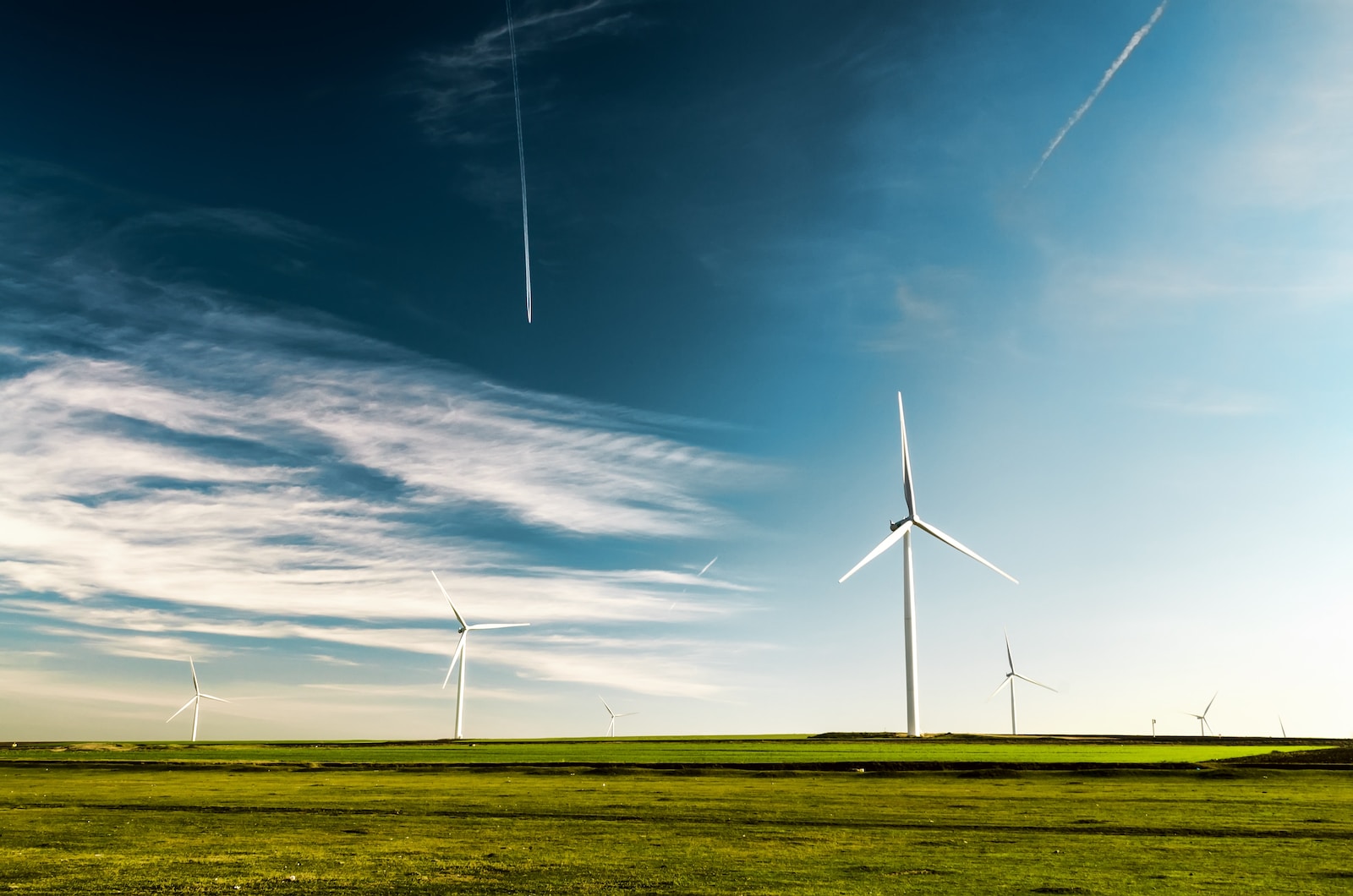Introduction
The future of energy production is in renewable energy. With an ever-growing need for energy that won’t damage the environment, renewable energy sources such as solar, wind, and hydropower are becoming increasingly popular.
In this article, we discuss how renewable energy works, the sources of renewable energy, and the advantages and current usage of renewable energy. We also look at trends in renewable energy development, and the future of renewable energy.
By the end of this article, you will have a greater understanding of how renewable energy works, and how it can be used to revolutionize the way we produce and use energy. So, let’s get started.
What is Renewable Energy?
The term ‘renewable energy’ broadly refers to any energy source that is derived from the natural environment and is naturally replenishable. Renewable energy sources include the sun, wind, water, geothermal, and biomass.
Renewable energy does not deplete natural resources, or create pollution and greenhouse gas emissions like traditional electricity sources, such as fossil fuels or nuclear power. This is due to the fact that renewable energy sources are continuously replenished, such as solar energy which is powered by the sun, or wind energy that is created by air movement. It therefore has the potential to provide clean energy at a lower cost than traditional energy sources.
Solar energy is the most popular form of renewable energy, and is the process of collecting and converting energy produced by the sun into electricity.
Solar energy can be collected and stored in batteries, and solar panels are used to create electricity directly from sunlight.
Wind energy is also becoming increasingly popular, and involves using turbines to capture the kinetic energy of moving air and convert it into electricity.
Hydropower is another form of renewable energy, and is generated from the energy of falling water that is then converted into electricity. Geothermal energy uses the underground thermal energy from the Earth to generate electricity.
And finally, biomass energy is the process of burning organic matter such as plant waste or animal waste to generate energy as heat or electricity.
Renewable energy is a revolutionary development because it has the potential to provide clean energy at a lower cost than traditional energy sources, and is a more sustainable way of generating electricity. With the right investments and policy measures, renewable energy can help reduce air pollution, improve public health, and create jobs in local communities.
What are the sources of renewable energy?
Renewable energy is derived from natural resources that are constantly replenished. Among the sources of renewable energy are solar, wind, hydro, geothermal, and biomass.
Solar energy is derived from the sun and most often used to generate electricity and heat.
Wind energy is harnessed through the use of wind turbines and is most often used for the generation of electricity.
Hydro energy is generated from the movement of water and is most commonly used for electricity generation.
Geothermal energy is generated from the heat of the Earth and often used for heating and electricity.
Biomass energy is derived from organic materials, such as wood, and is often used for heating and electricity generation.
The use of renewable energy resources is revolutionary in that they can reduce emissions and contribute to the creation of a more sustainable future.
What are the advantages of renewable energy?
Renewable energy sources have become increasingly popular due to their ability to provide clean, reliable and affordable power while reducing environmental impacts.
One of the main advantages of renewable energy is its ability to generate energy without releasing any harmful emissions. Furthermore, renewable energy sources are more cost-effective than non-renewable sources as they do not require the purchase and use of non-renewable resources.
Renewable energy sources are more reliable as they are readily available and can be used in multiple locations.
Finally, renewable energy is a sustainable option as it produces no waste and uses no resources that are depleted over time. Renewable energy is a revolutionary development with numerous advantages that far outweigh those of traditional energy sources.
History of Renewable Energy
Humans have been harnessing renewable energy for centuries to meet their energy needs. Early forms of renewable energy included watermills, windmills, and solar ovens. The use of these energy sources grew as advances in technology made them more efficient and widely available.
The use of renewable energy for electricity production began in earnest in the early 19th century with hydroelectric power plants. These facilities harnessed the power of running water to generate electricity. In 1881, the first solar cell was invented, paving the way for the use of solar energy as a viable energy source.
The development of renewable energy took a significant leap forward in the early 20th century. In 1903, the first wind turbine was built, followed closely by the first commercial-scale hydroelectric facility in 1910. Shortly thereafter, advances in geothermal energy technology made the use of geothermal energy practical.
More recently, the development of renewable energy has been driven by improved technology, government policies and incentives, and renewable energy becoming more competitive with traditional sources of energy such as coal, oil and gas. In particular, the development of wind and solar photovoltaic technologies made them very competitive.
Today, renewable energy makes up about a quarter of the world’s total electricity generation. This is a remarkable achievement considering the short amount of time it has taken for the technology to develop. Renewable energy is now a major player in the energy landscape and its importance is only expected to grow in the years ahead.
Technologies for Renewable Energy
Renewable energy is revolutionizing the way we power our lives and offers a promising method for reducing our dependence on fossil fuels. There are a variety of different technologies available for tapping the potential of renewable energy sources.
Each technology has its own advantages and disadvantages, and the decision about which technology to use should be based on the specific needs of the user and the local environment.
The three main technologies for renewable energy are solar, wind and hydro. Solar energy technologies include photovoltaic (PV) systems, concentrating solar power (CSP) systems, and solar thermal energy.
Photovoltaic systems directly convert the energy of sunlight into electricity, while CSP and thermal systems use the energy of sunlight to generate heat which is then used to produce electricity.
Wind energy technologies use the kinetic energy of wind to drive turbines which generate electricity. Finally, hydroelectric energy technologies use the energy of falling water to spin a turbine and generate electricity.
Solar energy technologies can be installed on rooftops or in open spaces, and are becoming increasingly affordable. Wind turbines can be mounted on individual rooftops or on tall masts and should ideally be located in areas with steady winds. Hydroelectric technologies are typically located at sites where rivers or other waterways offer potential for generating power.
In addition to these traditional renewable energy technologies, there are several up-and-coming renewable energy technologies that show great promise. Airborne wind turbines, tidal turbines and wave energy converters are all under development and could become important sources of renewable energy in the future.
No matter which technology is used, there are several benefits associated with renewable energy sources. Renewable energy sources produce no emissions and provide an ongoing source of energy that will never run out.
Renewable energy can also enhance energy security by providing an alternative to fossil fuels, and reduce electricity costs by providing a reliable, low-cost alternative to expensive powersources such as nuclear and coal.
Solar Power
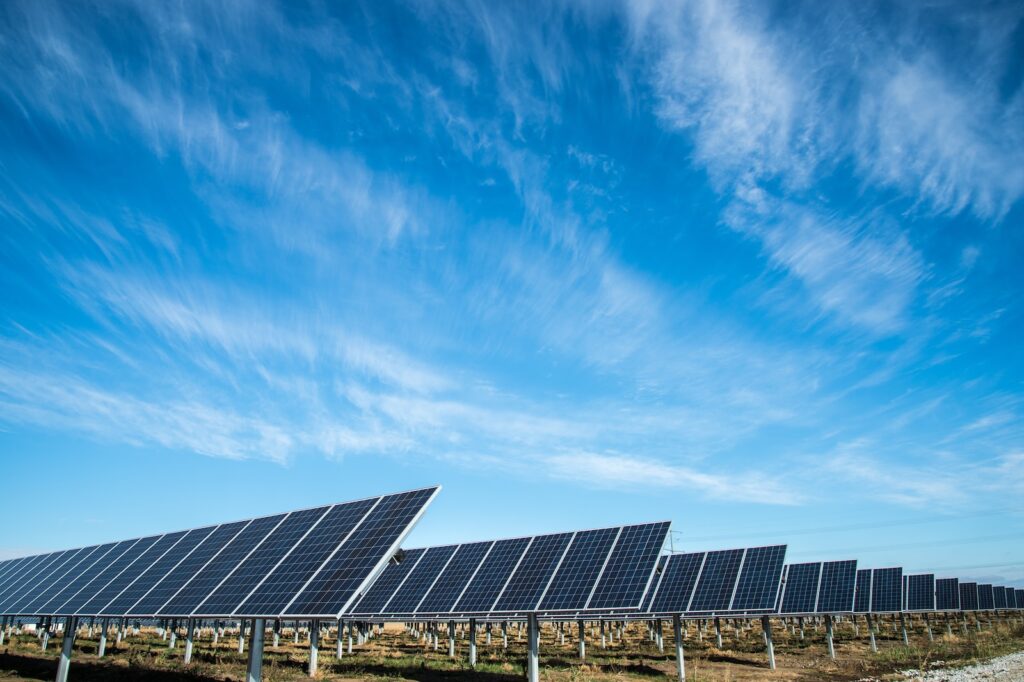
Is an essential part of the renewable energy revolution. Solar energy is an infinite, non-polluting resource that can be used to power homes, businesses, and communities. Every day, the sun radiates enough energy to meet all of the world’s energy needs for an entire year.
Solar panels convert the sun’s light into electricity that can be used to power homes and businesses. Solar energy is renewable and will never run out or be depleted. Solar energy is also efficient, reliable, and cost-effective. Solar power is becoming increasingly popular as an energy resource and is proving to be a revolutionary development in renewable energy.
Wind Power
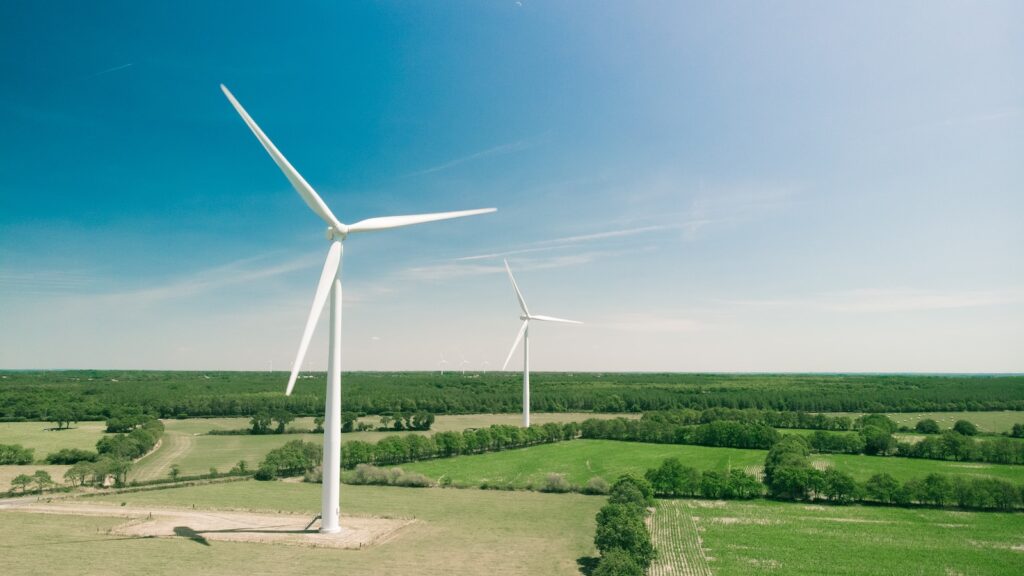
Is at the forefront of renewable energy development and is quickly becoming one of the most efficient and cost effective sources of energy available. Wind is a clean and virtually limitless resource, which means it can provide an endless source of clean energy for homes and businesses.
Wind turbines capture and convert wind energy into electricity through the rotation of their blades, and this electricity can be used to power homes, businesses, and even entire power grids. Additionally, wind energy is often cost-comparable, or even cheaper than other sources of energy.
Using wind power helps to reduce greenhouse gas emissions and can be deployed quickly, providing a sustainable alternative to fossil fuels. Wind power is a revolutionary development in renewable energy and can help communities reduce their reliance on fossil fuels and make the transition to clean energy production.
Hydropower
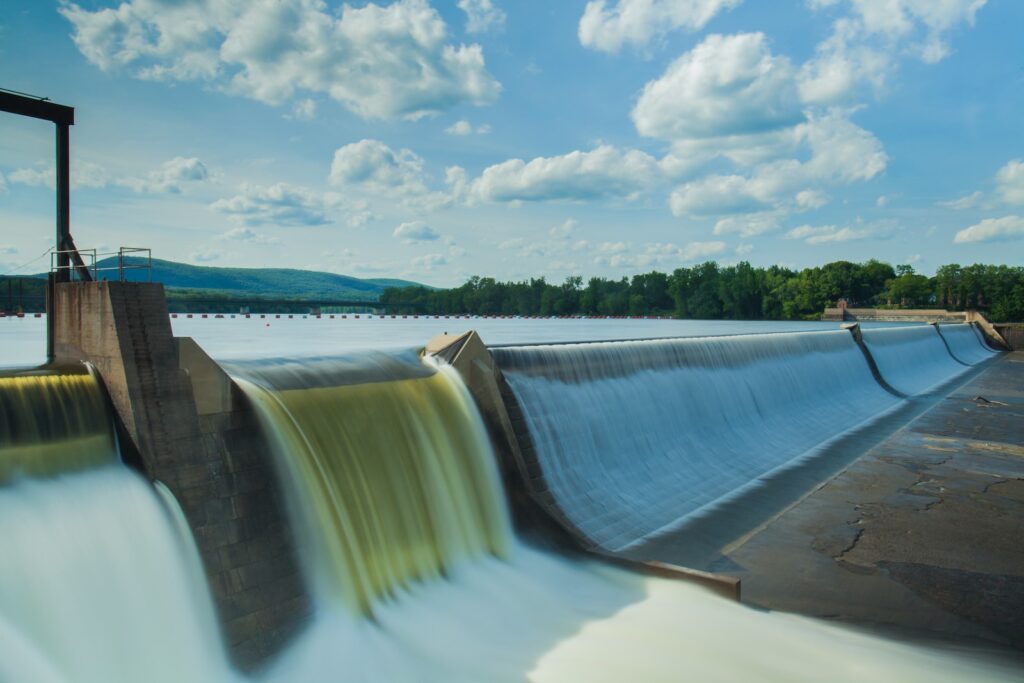
Is an important renewable energy source and has long been used to generate electricity. It is the most used renewable energy in the world, accounting for about 17% of global electricity production.
Hydropower works by harnessing the energy of falling water and turning it into electricity with various water turbines and generators. It is reliable, environmentally friendly, and is a good source of renewable energy due to it being a steady and predictable energy source.
It is important to note, however, that hydropower has some environmental impacts, including the destruction of ecosystems when dams are built and the disruption of fish migration.
Geothermal Energy
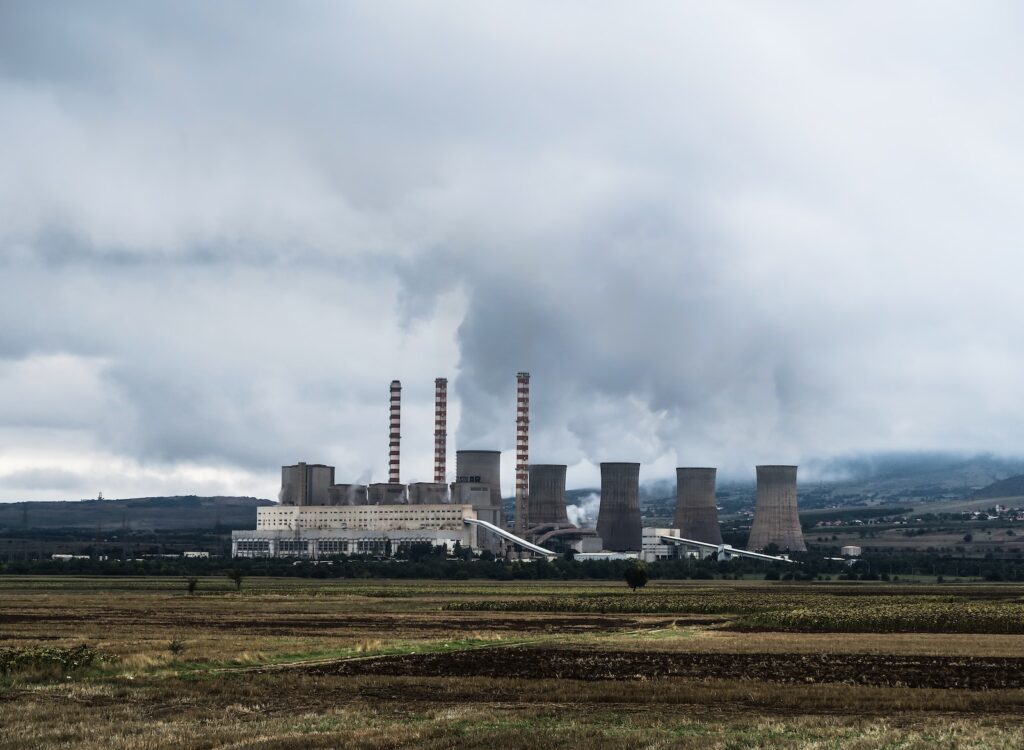
Is an important part of renewable energy development. Geothermal energy is the heat generated and stored in the Earth which is used to generate electricity. This energy source is created by the natural heat of the Earth’s core, which is accessed by drilling deep underground.
Geothermal energy has several advantages, including being a sustainable, renewable, and cost efficient source of energy. Geothermal energy can also help reduce greenhouse gas emissions, which is a major benefit for the environment.
Additionally, this energy source does not require fuel to run or generate, which makes it much more sustainable than other sources of energy. This advantage makes it a promising renewable energy source that is becoming increasingly important.
Future of Renewable Energy
As countries across the world shift away from non-renewable energy sources to reduce their carbon footprints, renewable energy has been identified as a key component of the transition. Renewable energy technologies, such as solar and wind, are already being rolled out on scales both large and small, but the potential for their growth is immense in the future.
Recent developments in renewable energy technology have been promising. Solar panels, for example, have seen their cost plunge over the past decade, making them more accessible to the average consumer.
Wind turbines are being built in larger and larger numbers as well, with some of the biggest commercial operations being built off-shore. The potential for renewable energy sources to make up a larger portion of a nation’s electricity needs is growing, and it is likely that more countries will embrace these clean energy sources in the years to come.
The future for renewable energy is bright. More and more, governmental and private funds are being devoted to research and development in the renewable energy sector. This means that more and more efficient and cost-effective renewable energy solutions can be expected in the near future.
In addition, renewable energy sources have the potential to provide much-needed electricity to parts of the world where access to grid electricity is currently limited. This could be a major boon to economic and social development.
Overall, renewable energy is a revolutionary development with tremendous potential. With the right investments, renewable energy sources could become a major part of the global energy mix in the years to come.

